5. Be Kind Rewind (2008)
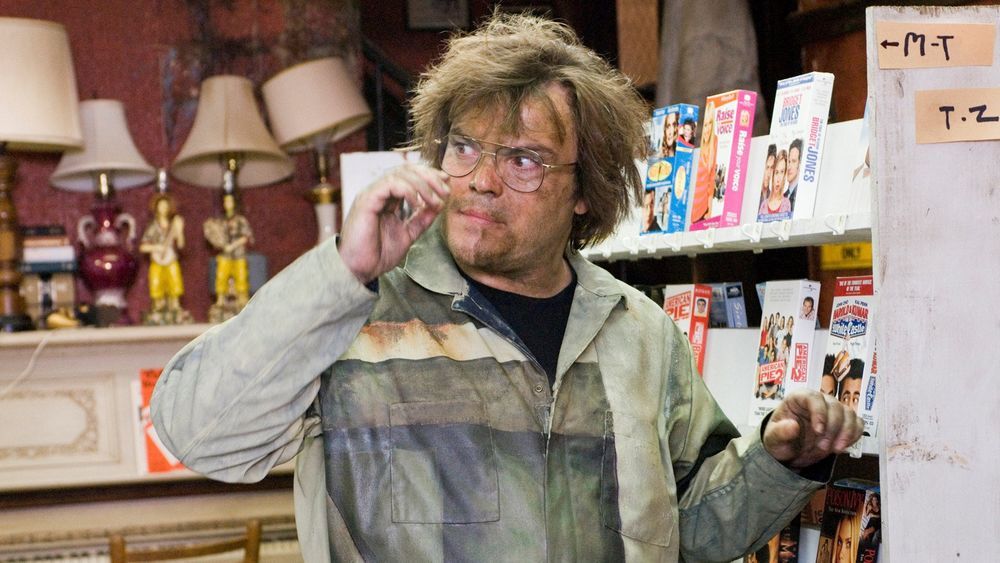
Michel the Adult: Heavily advocates for DIY artistry, independent retailership, and the historical and cultural legacy of neighborhood artists
Michel the Child: Does so with grade school level guerilla filmmaking techniques despite his moderate budget
Most people remember Be Kind Rewind as Gondry’s disappointing follow-up to Eternal Sunshine, as it was his first American-made fiction film since Sunshine’s release four years previous.
Where Sunshine was a perfect composite of Gondry’s direction and Charlie Kaufman’s screenwriting, Rewind lacks the complexity exclusive to Gondry’s collaborations with Kaufman, replacing it with Jack Black’s Baby Joel-esque dunce and Yasiin Bey (née Mos Def)’s formulaic straight man in a move that likely alienated Gondry’s cinephilic demographic.
While he may have scored some art cred points with the swede-ening of Kubrick and Bertolucci by his bumbling protagonists in an unforgettable montage, the movie itself echoes the sentiment of such seminal power-of-cinema arthouse classics as Cinema Paradiso and The Long Day Closes – albeit in a cruder form.
Released seemingly in anticipation of the video store’s imminent demise and the production of a certain blue-skinned blockbuster costing $237 million, the modest humanism expressed in every detail of the film feels trite until we assess the environment in which it was made.
4. The We and the I (2012)
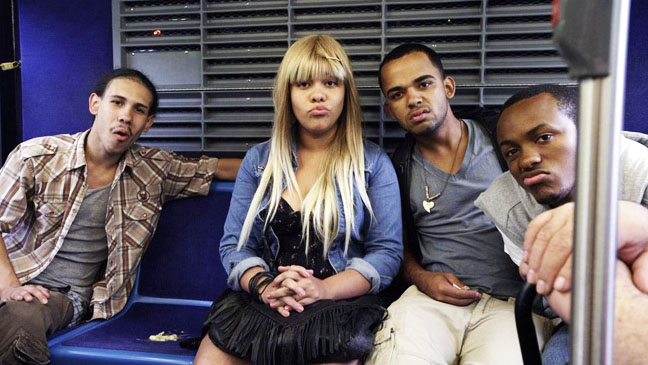
Michel the Adult: Explores the different performative masks humans inherently trade out based on their specific audience and how quickly they’re swapped
Michel the Child: Does so with teenagers
Most of Michel’s screenplays work better as a collage than as a structured narrative, and this fractured storytelling technique is most effectively employed in his collaboration with a group of teens from the Bronx playing exaggerated versions of themselves.
The We and the I relies less on a cohesive plot than improvisational action hinging on the idea that the “we” is wholly dependant on the sum of its “I’s” – that is, a group dynamic is invariably at the mercy of each individual’s coming or going.
Plotting the complexities of human relationships through the literal linearity of a seemingly endless bus route, the majority of the film takes place in the claustrophobic public transit vehicle which slowly empties out over the course of the afternoon.
What begins as a boisterous ride for several dozen cagey classmates winds down to a handful of unlikely conversations between totally vulnerable individuals – or in Gondry terms, two ideas that few people would ever consider fusing. In a way it’s a journey through his creative process, beginning with all of the ideas laid out upon the table and ending with something poignant, heartfelt, and totally unexpected.
3. Interior Design (2008)
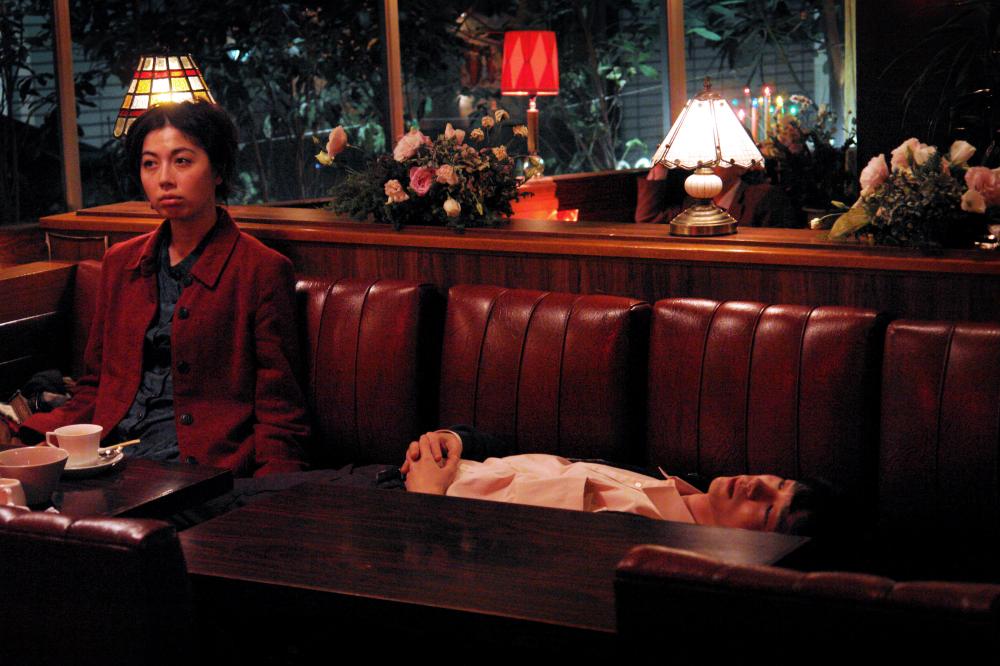
Michel the Adult: Travels halfway around the world to celebrate the vibrant culture of a foreign city
Michel the Child: Focuses on the incessant feeling of minutia both in one’s surroundings and in one’s relationships
Following in the footsteps of Paris, je t’aime and New York Stories, the anthology film Tokyo! matches a diverse set of filmmakers with a city that elicits a strong response from its vibrant culture and creative influence.
Opening the anthology with what is incomprehensibly the least weird contribution, Michel tells the story a young Japanese couple committing to the arduous task of assimilation into a big city, struggling to find housing due to a lack of work while struggling to find work due to an impermanent address.
Perhaps because of its foreign setting (as well as the great Gondrian obstacle of art-as-only-mutual-language among the film’s crew) Interior Design feels mostly at odds with the Gondry canon, sharing only the subjects’ childlike energy with the rest of the director’s protagonists.
It isn’t until a commendably isolated use of technical wizardry transforms a story about a couple growing apart into an experiment in family-friendly body horror that we recognize the unique genius behind the camera pondering what may have happened if Brundlefly’s science experiments had issued side effects to his partner rather than to himself.
Design is a somber meditation on the consequences of creative success: a unique tunnel vision which reduces human beings into mere objects of comfort and support rather than empathy and compassion.
2. Human Nature (2001)
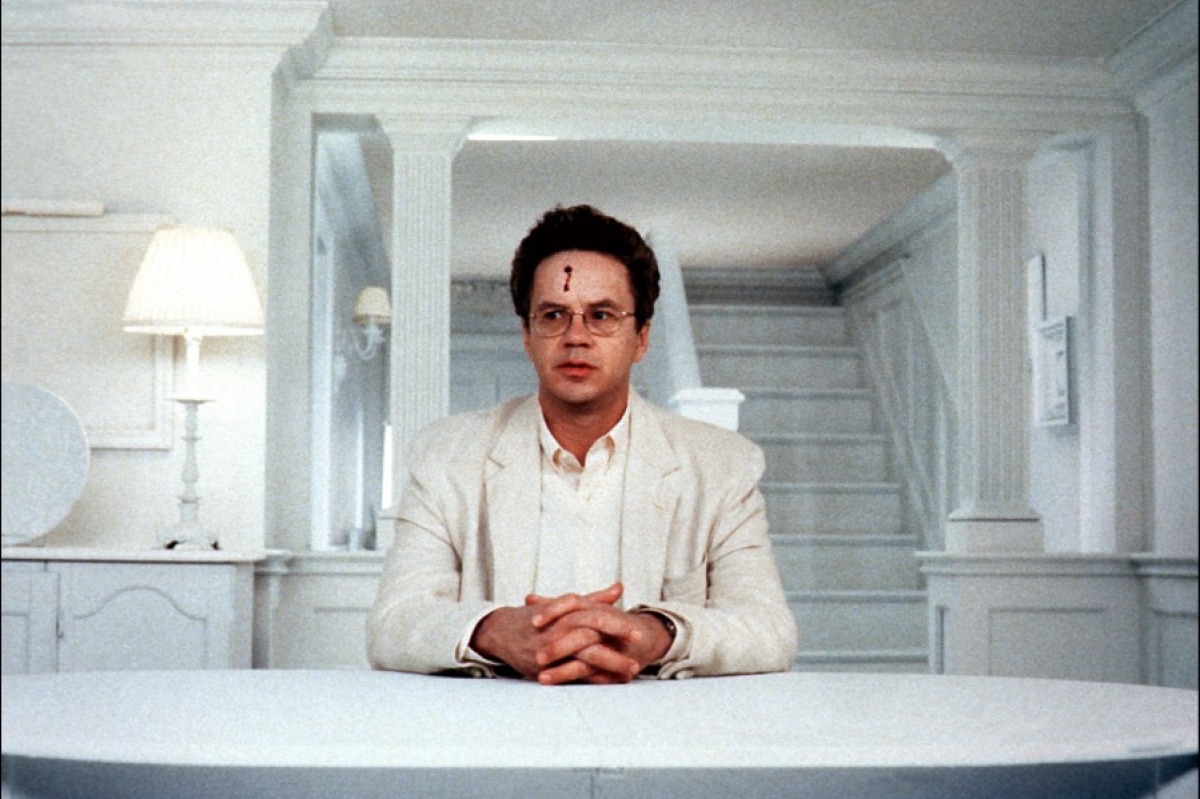
Michel the Adult: Questions the significance of table manners
Michel the Child: Questions the significance of table manners
Before blossoming into the uncompromising bouquet of whimsy and varmintry thus far celebrated, Michel helped bring to life the complex humanistic dilemmas of screenwriter Charlie Kaufman, alongside fellow Directors Label founder Spike Jonze.
Though obviously eclipsed by the universal success of their second collaboration, Gondry and Kaufman preceded Eternal Sunshine with a lesser known visual and philosophical (not to mention screwball) masterpiece conjoining the intellectual absurdity of Being John Malkovich with, well, Gondry’s music video for Bjork’s “Human Behavior.”
Featuring instead the star of his “Like A Rolling Stone” video, Human Nature satirizes the needlessly black-and-white relationship between nature’s freedom and culture’s repression, ultimately depicting both environments as totally uninhabitable.
Gondry makes his mark on the film with the occasional spark of indelible imagery – a circularly-framed heaven, several elaborately-constructed bougie locales boxed within a sterile laboratory – as he evidently begins his transition from presenting his ideas as images to explicitly telling the stories behind them,
1. The Science of Sleep (2006)
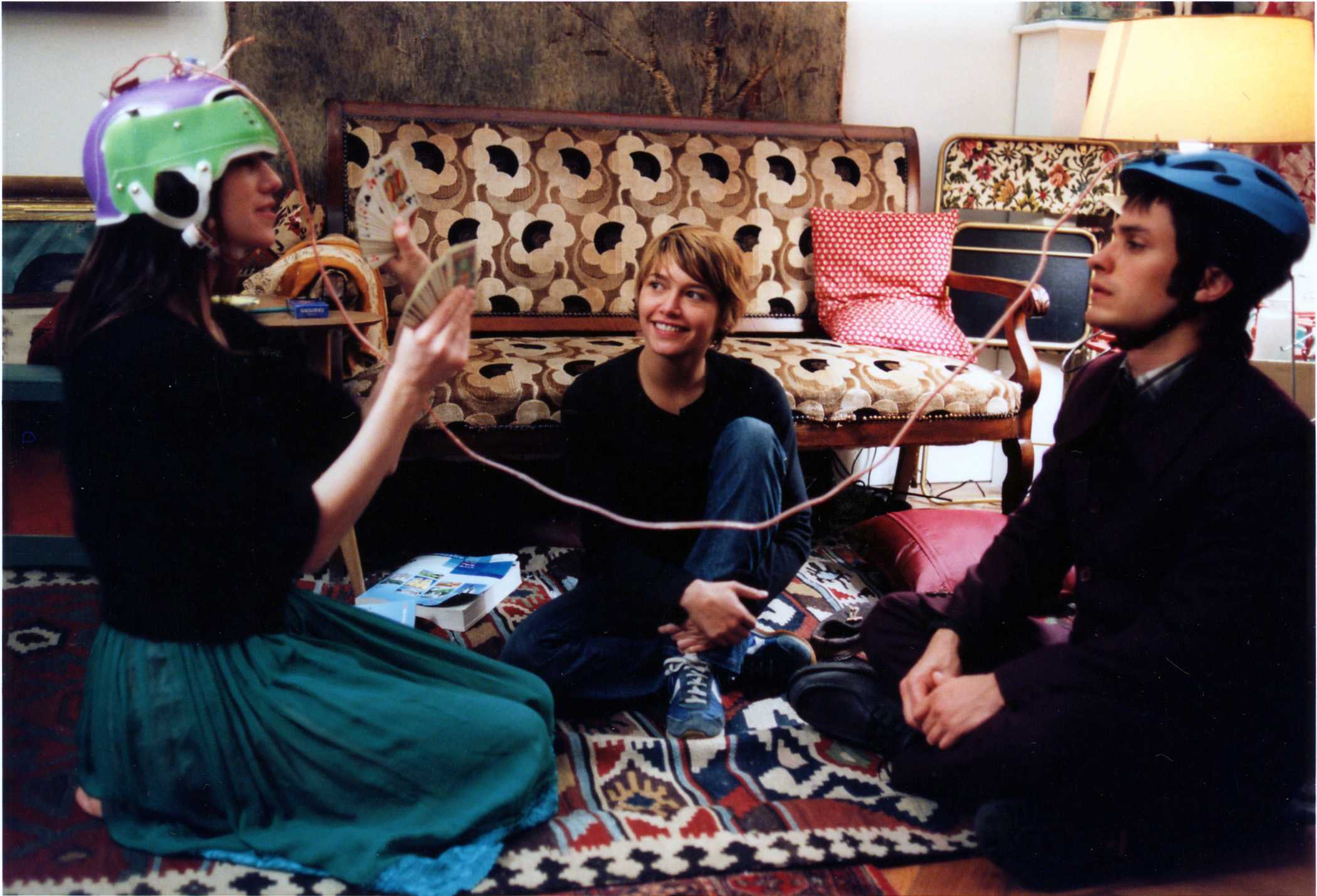
Michel the Adult: Fluently translates every desperate dream, disappointing reality, and crippling insecurity to the complex language of film
Michel-via-Stephane the Child: Suffers an infantile meltdown mere minutes before film’s end
While “breakthrough” is objectively an apt term to describe Eternal Sunshine, Gondry’s most sound artistic development arrived two years later with the publication of his visual dream journal.
An incoherent mess of reality and post-nap bewilderment, The Science of Sleep marked Gondry’s transition into personal storytelling, working his own subconscious biography into something of a storyline for his first feature-length screenplay.
The film documents the relationship of man-child Stephane and creative-woman Stephanie and the unconventional roadblocks (see: waking life) keeping their relationship from ever really taking off. Stephane alternatingly proves a sympathetic figure in his inability to maintain control of his overactive imagination and a deplorable chauvinist as, presumably, his honest opinion of Stephanie dislodges itself from his oversated brain with every burst of creative energy.
What the film lacks in just about every facet of an acceptable narrative (e.g. character development, resolution, an explanation of what’s going on), it makes up for in its uncanny ability to elicit a response from an audience all too familiar with the logic and mechanics of unwaking life and the hodgepodge of happenings that feed into the bizarre byproducts of being unconscious.
The film progressively exists between lucid dreaming and hallucinated reality leaving it up to the audience to discern what’s real, how real it is, and how important it is to even make that distinction.
Author Bio: Mike LeSuer is a Chicago-based writer with a focus on music, media, and film, though he prefers the term “movies.” Little else is known about him.